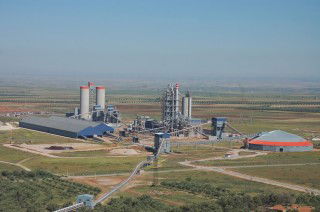Pending the real estate sector recovery, cement demand in Morocco will be driven in the coming years by both major infrastructure projects and the emergence of the southern regions which are evolving into becoming top-tier economic hubs. At the moment, there is a significant increase in capacity while local operators are showing interest in exports. By Maria Iraqi and Taha Jaidi, Attijari Global Research, Morocco.
Over the last decade, Morocco has experienced major economic developments allowing it to support regular and low volatile growth, ie above 3.5 per cent per year. Representing a value of 20 per cent of GDP, public investment has been a vital driver of economic growth. The public sector, as an instructing party, has carried out major infrastructure projects such as the modernisation of its road network, an active policy for building dams and the launch of a new port strategy. At the same time, the successful deployment of the Green Morocco Plan and the Industrial Acceleration Plan have enabled agricultural exports to double and also led to the emergence of the automotive industry as the kingdom’s leading export sector over the same period.
In addition, Morocco has launched two major reforms. The first concerns the “decompensation” of petroleum products prices in December 2015, implying a reduction in subsidy expenses of US$4.8bn compared to 2012. The second reform is related to the liberalisation of the Moroccan dirham in January 2018, with the fluctuation band currently standing at ±5 per cent. The aim is to strengthen the economy’s resilience to exogenous shocks.
